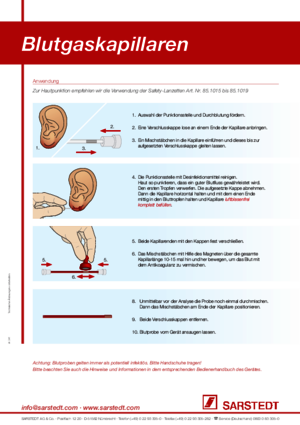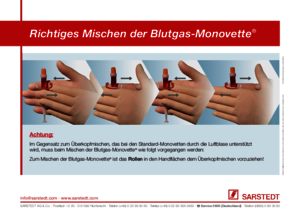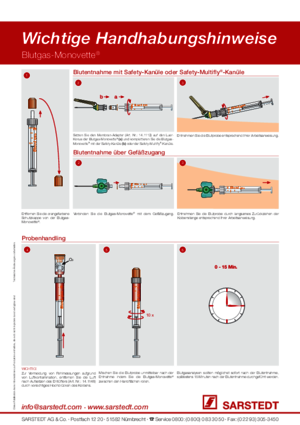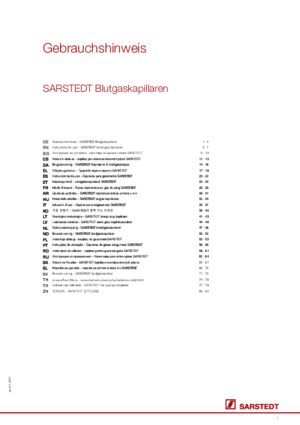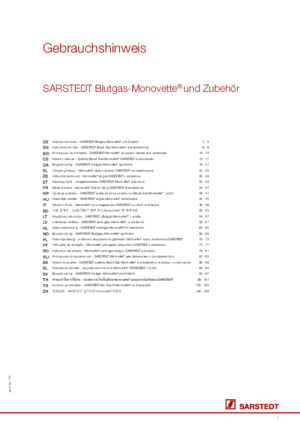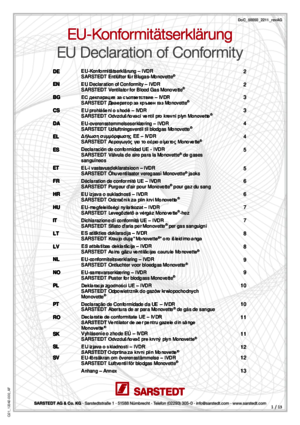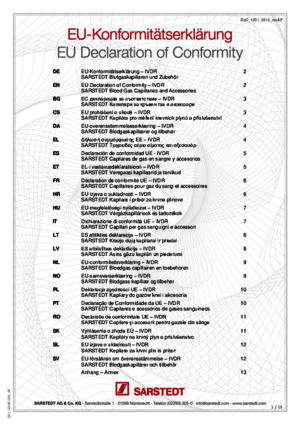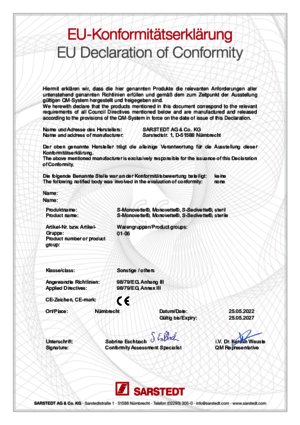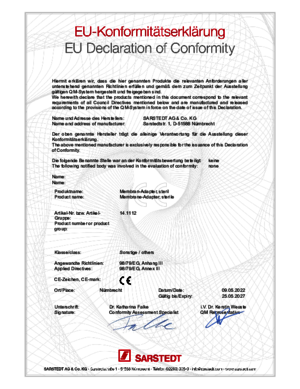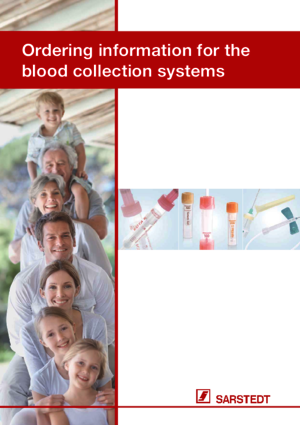
Ordering Information Blood Collection Systems
Ordering Information Blood Collection Systems
Language:
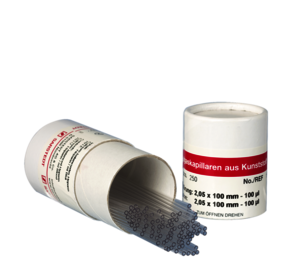
| Order number | 19.930.100 |
|---|---|
| Product description | Blood gas capillaries, preparation: calcium-balanced lithium heparin, nominal volume: 100 µl, (LxØ): 100 x 2.05 mm, 250 piece(s)/container |
| Type of collection | capillary |
|---|---|
| Type of preparation | calcium-balanced lithium heparin |
| Preparation concentration | 70 IU/ml blood |
| Application | blood gas analysis |
| Sample volume | 100 µl |
|---|---|
| Diameter | 2.05 mm |
| Length of product | 100 mm |
| Product material | Polyethylene therephthalate (PET) |
|---|---|
| Colour of product | transparent |
| Product category | In vitrodiagnostic device, CE |
|---|---|
| CE certified | CE |
| Latex-free | yes |
| Batched | yes |
| Minimum order qty. | 250 |
|---|---|
| Type of smallest subpackaging | container |
| Piece(s) / inner box | 250 |
| Piece (s) / outer case | 16000 |
| Piece(s) / pallet | 960000 |
| Depth of case | 398 mm |
| Width of case | 358 mm |
| Height of case | 175 mm |
| Case volume | 0.0249 cbm |
| Weight of product | 0.0003 kg |
| Weight of case | 6.34 kg |
| EAN of inner box | 4038917234252 |
| EAN case | 4038917234245 |

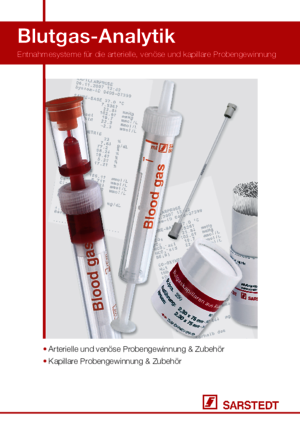
Generally, the oxygen or CO2 status is determined from the blood in a blood gas analysis. In order to do this, it is necessary to ensure that the blood sample is not enriched with oxygen from the excess air.
Yes, Sarstedt offers collection systems for arterial, venous (1 and 2 ml) and capillary (100 µl, 125 µl, 140 µl, 175 µl) sample collection. The Blood Gas Monovette® and the blood gas capillaries are prepared with Ca2+(calcium)-balanced heparin.
Yes, using the membrane adapter Art. No. 14.1112). This is placed on the Luer cone of the Blood Gas Monovette® and the procedure is then completed with the Safety-Needle/Safety-Multifly® needle as usual.
No. Since the Blood Gas Monovette® which has been filled and has had the excess air removed does not have a dead volume, it is recommended that the blood sample is rolled carefully between the palms immediately after collection.
The Blood Gas Monovette® is distinguished by its liquid preparation with Ca2+ -balanced heparin, which ensures rapid mixing of the heparin with the blood.
In this heparin, all of the active binding sites are saturated with calcium, so Ca2+ can be determined from the blood sample without any interference.
At the end of the blood collection, the Blood Gas Monovette® should be twisted in a clockwise direction to remove it from the vascular access. The same applies to connecting and disconnecting to/from an analysis device.
The BGA should be carried out immediately if possible, but no later than 15 minutes after collection.
